June 19, 2025 | 20:19 GMT +7
June 19, 2025 | 20:19 GMT +7
Hotline: 0913.378.918
June 19, 2025 | 20:19 GMT +7
Hotline: 0913.378.918
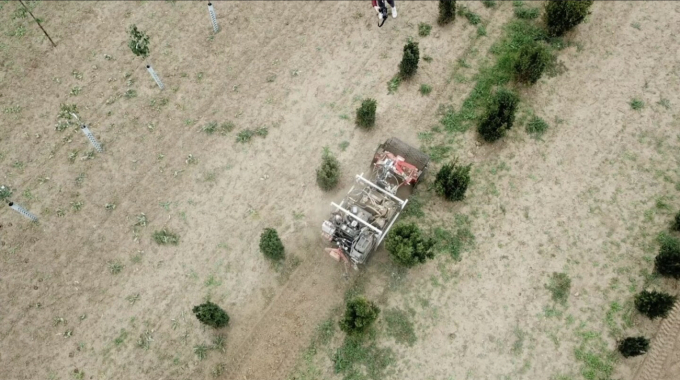
Image courtesy of Federal Office of Agriculture and Food/Fraunhofer.
A German consortium is developing an autonomous robot, AMU-Bot, to solve the problem of manually hoeing weeds out of crops without having to spray those crops with herbicides or pesticides. The project is being funded by the German Federal Office of Agriculture and Food and coordinated by the Fraunhofer Institute for Manufacturing Engineering and Automation. The institute also designed the height-adjustable rotary harrow that the bot uses to pull up the weeds.
The bot moves along caterpillar-type treads and is capable of autonomously traveling up and down rows of plants in all types of farming settings — such as orchards, tree nurseries, or vegetable fields. Using onboard lidar scanners, it’s able to stay between the rows while seeing where each row ends so it can turn around and repeat the process down the next row.
The AMU-Bot isn’t able to identify the specific types of plants. However, it is able to understand the difference between crop plants and weeds. When it sees a weed, the bot removes it. It’s able to do this via a rotary harrow that churns up the soil and uproots the weed. It’s also able to pull the weeds growing between the rows by deploying the harrow directly in front of the robot as it moves forward. However, if the robot sees a weed growing inside the row of crop plants — between the crops themselves, it stops and moves the harrow sideways into the space.
For now, it’s not known whether or not the weed-killing robot will enter service. There are also other types of robots being developed that use lasers and electrical pulses to kill weeds.
Some Information On Herbicides — Particularly Glyphosate
Certain herbicides can be pretty harmful to the environment and life itself. Glyphosate is one in particular and it is the active ingredient in Roundup, which is the world’s most heavily used agrochemical. The website, Envirobites, which shares environmental research for everyone, looked at two studies by the US Environmental Protection Agency conducted in 2017.
These studies are no longer accessible on the web, but Envirobrites notes that the EPA evaluated the effect of this herbicide on plants and animals, including humans. Exposure can occur when you touch the chemical or ingest plants that have been sprayed. You can also be exposed if you breathe its vapors. The EPA looked at multiple toxic effects, especially lethality and reduced growth. The website noted that a dietary exposure study showed reduction in body weight and also eye, liver, and kidney toxicity at or above the limit dose, but that no toxicity effects were observed on the nervous and immune systems.
The EPA itself states that there are no risks of concern to human health from the current uses of glyphosate. In 2015, the International Agency for Research on Cancer (IARC), however, concluded that glyphosate is probably carcinogenic. Clearly, this is a widely debated topic and you can make of this what you will.
I often hear from friends abroad that a lot of our foods here in the US — mostly popular snack products — are banned in certain countries due to the chemicals that are put in our foods. These are usually from herbicides and pesticides or additives to enhance the flavor and appearance of food.
It’s also known that a lot of the junk food that is cheaper to buy leads to ill-health effects such as obesity, diabetes, and heart disease. With this in mind, I don’t think that herbicides are the worst of the bunch, but I do think having robots pull the weeds out instead of spraying stuff on the crops is a better way to go.
(Cleantechnica)
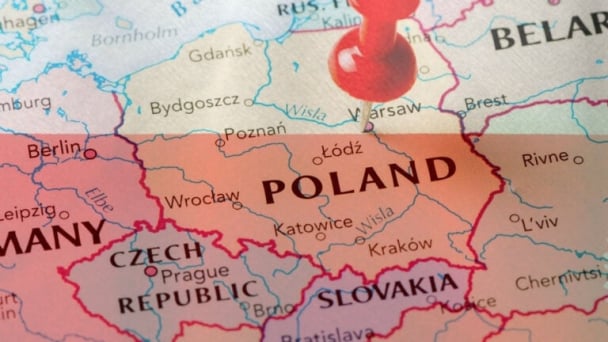
(VAN) Poultry production in Poland, which has only started recovering from devastating bird flu outbreaks earlier this year, has been hit by a series of outbreaks of Newcastle disease, with the veterinary situation deteriorating rapidly.
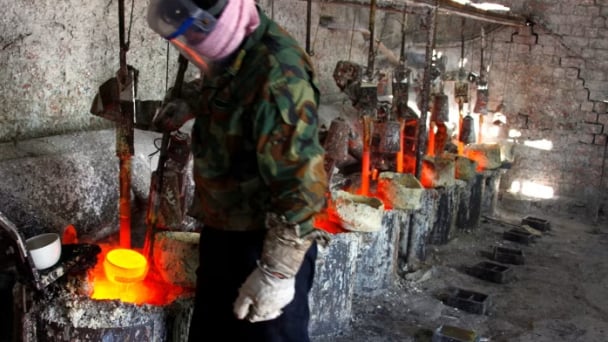
(VAN) Extensive licensing requirements raise concerns about intellectual property theft.
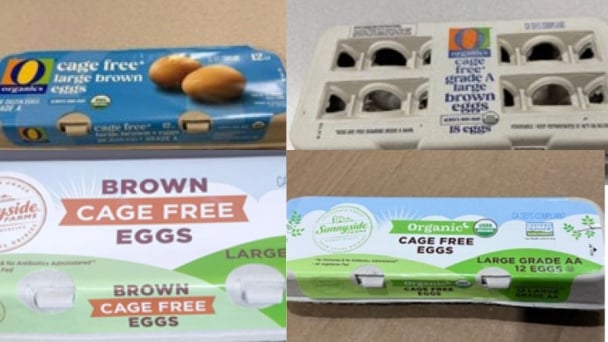
(VAN) As of Friday, a salmonella outbreak linked to a California egg producer had sickened at least 79 people. Of the infected people, 21 hospitalizations were reported, U.S. health officials said.

(VAN) With the war ongoing, many Ukrainian farmers and rural farming families face limited access to their land due to mines and lack the financial resources to purchase needed agricultural inputs.

(VAN) Vikas Rambal has quietly built a $5 billion business empire in manufacturing, property and solar, and catapulted onto the Rich List.
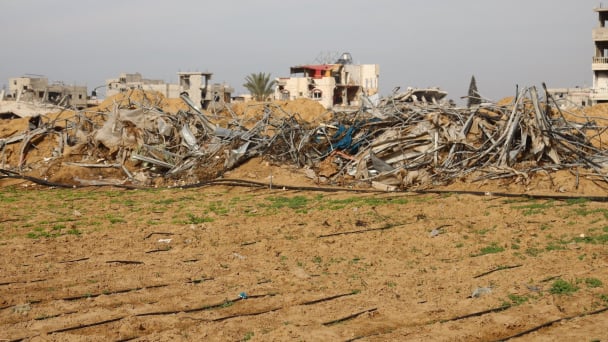
(VAN) Available cropland now at less than five percent, according to latest geospatial assessment from FAO and UNOSAT.

(VAN) Alt Carbon has raised $12 million in a seed round as it plans to scale its carbon dioxide removal work in the South Asian nation.